Echinacea Purpurea Companion Plants That Will Make Your Garden Pop
Echinacea purpurea, commonly known as purple coneflower, is a beautiful and versatile perennial plant that can add a pop of color to any garden. It is also a popular herb that has been used for centuries for its medicinal properties.
In addition to its beauty and health benefits, purple coneflower is also a great companion plant for other garden flowers. When planted together, companion plants can help each other to thrive by attracting beneficial insects, deterring pests, and improving soil health.
If you are looking to add some purple coneflower to your garden, here are a few of the best companion plants to consider:
- Lavender: Lavender is a classic companion plant for purple coneflower. Both plants prefer full sun and well-drained soil. Lavender also helps to deter pests, such as mosquitoes and flies.

- Yarrow: Yarrow is another great companion plant for purple coneflower. It is a hardy plant that can tolerate a variety of conditions, including drought and poor soil. Yarrow also attracts beneficial insects, such as bees and butterflies.

- Catmint: Catmint is a low-maintenance plant that is perfect for filling in the spaces between purple coneflowers. It has a sweet fragrance that attracts pollinators and deters pests.
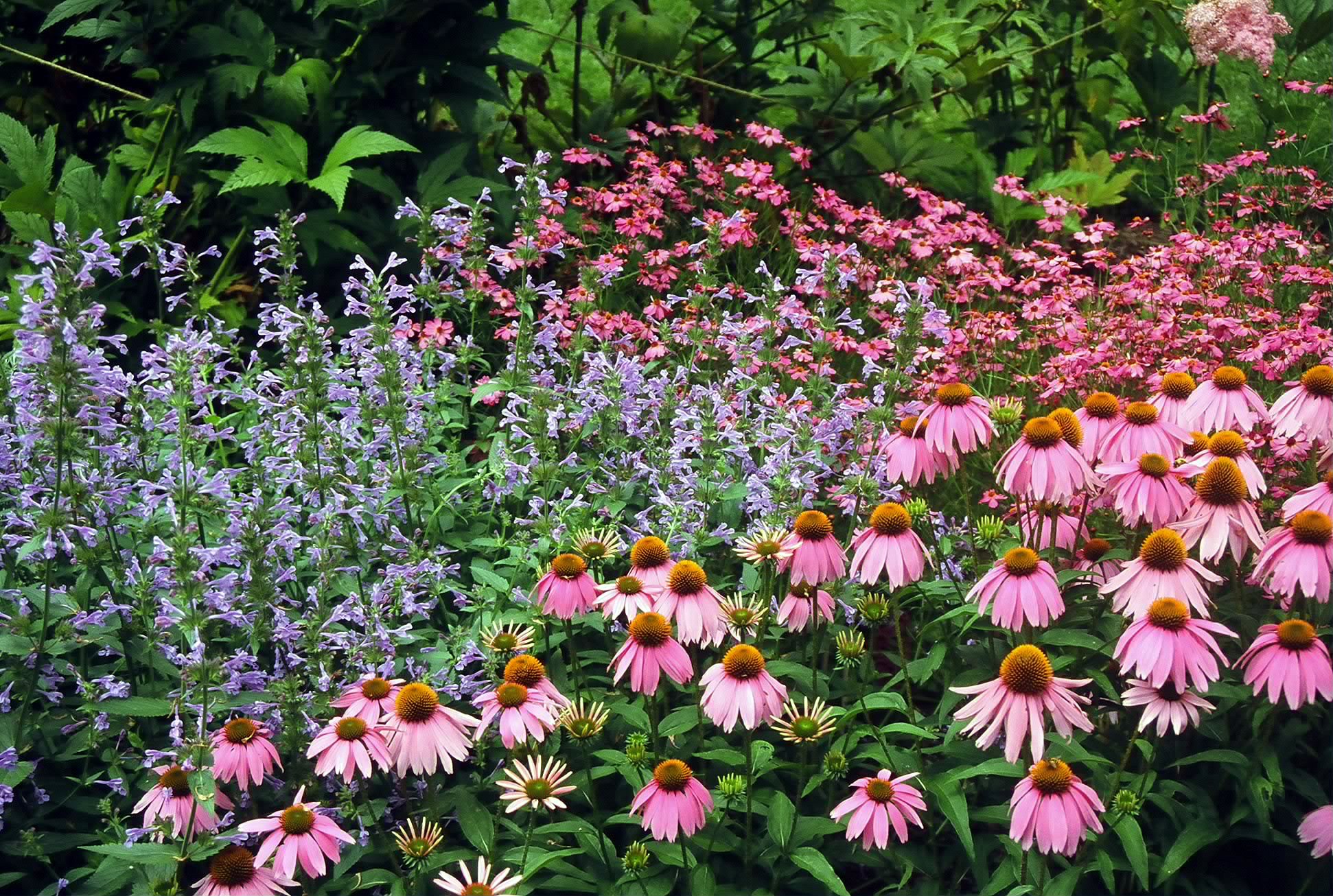
- Cabbage: Cabbage is a surprising companion plant for purple coneflower, but it can actually help to protect the coneflower from pests. The cabbage's strong scent helps to repel cabbage moths, which are a common pest of coneflowers.

- Goldenrod: Goldenrod is a tall, showy plant that can add height and interest to a garden. It also attracts beneficial insects, such as butterflies and ladybugs.
- Bee balm: Bee balm is a native North American plant that is a magnet for pollinators. It has attractive pink, purple, or red flowers that bloom in the summer.
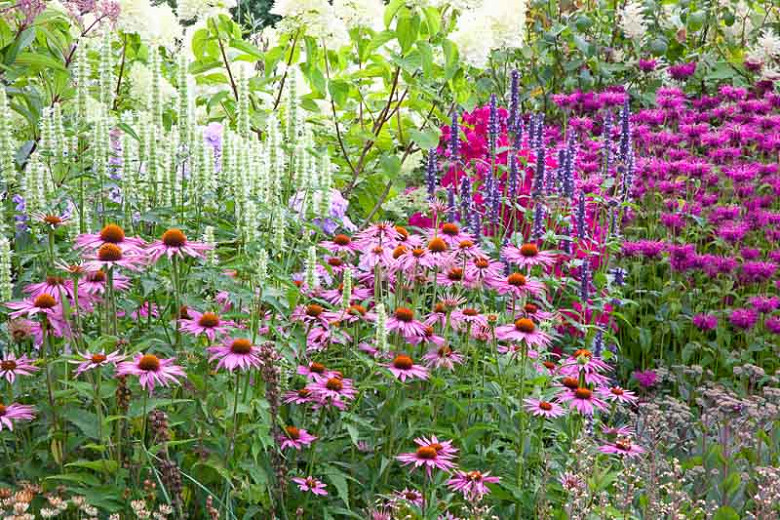
- Blue phlox: Blue phlox is a delicate wildflower that adds a touch of color to the garden. It blooms in the spring and summer and attracts butterflies and hummingbirds.

- Butterfly milkweed: Butterfly milkweed is a host plant for monarch butterflies. It is a tall, showy plant that blooms in the summer.
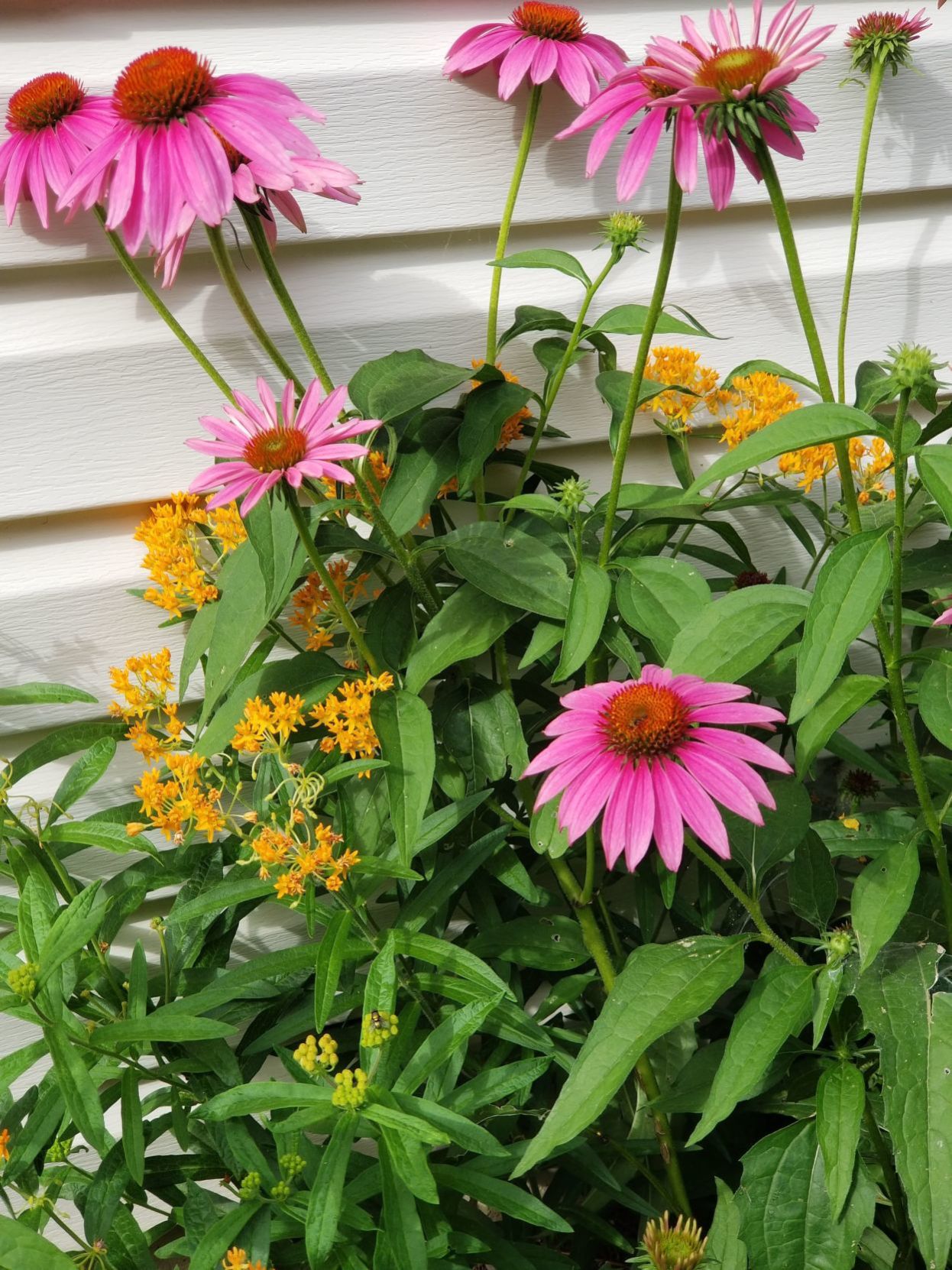
These are just a few of the many companion plants that can be grown with purple coneflower. When choosing companion plants, it is important to consider the plants' needs in terms of sun exposure, soil type, and water requirements. By carefully selecting companion plants, you can create a beautiful and thriving garden.
Echinacea purpurea, or purple coneflower, is a beautiful and versatile perennial plant that can be grown in a variety of gardens. It is known for its daisy-like flowers that bloom in shades of purple, pink, and white. Echinacea purpurea is also a popular medicinal plant, and is used to boost the immune system and treat a variety of health conditions.
When choosing companion plants for echinacea purpurea, it is important to consider the plant's needs and requirements. Echinacea purpurea prefers full sun and well-drained soil. It is also drought-tolerant once established. Some good companion plants for echinacea purpurea include:
- Lavender: Lavender is a fragrant herb that repels pests and attracts pollinators. It also has similar growing requirements to echinacea purpurea.
- Catmint: Catmint is a low-maintenance perennial that blooms in shades of blue and purple. It is also drought-tolerant and attracts pollinators.
- Black-eyed Susan: Black-eyed Susan is a native wildflower that blooms in shades of yellow and orange. It is drought-tolerant and attracts pollinators.
- Bee balm: Bee balm is a member of the mint family that blooms in shades of pink, purple, and red. It attracts pollinators and deters pests.
- Goldenrod: Goldenrod is a tall, showy perennial that blooms in shades of yellow. It attracts pollinators and deters pests.
For more information about echinacea purpurea companion plants, please visit Gardenia Inspiration.
FAQ of echinacea purpurea companion plants
Question 1: What are the best companion plants for Echinacea purpurea?
Answer: Some of the best companion plants for Echinacea purpurea include:
- Stachys (Hummelo betony): This plant attracts beneficial insects, such as ladybugs and lacewings, which help to control pests. It also has the same soil requirements as Echinacea purpurea, so they can be planted together without competing for resources.
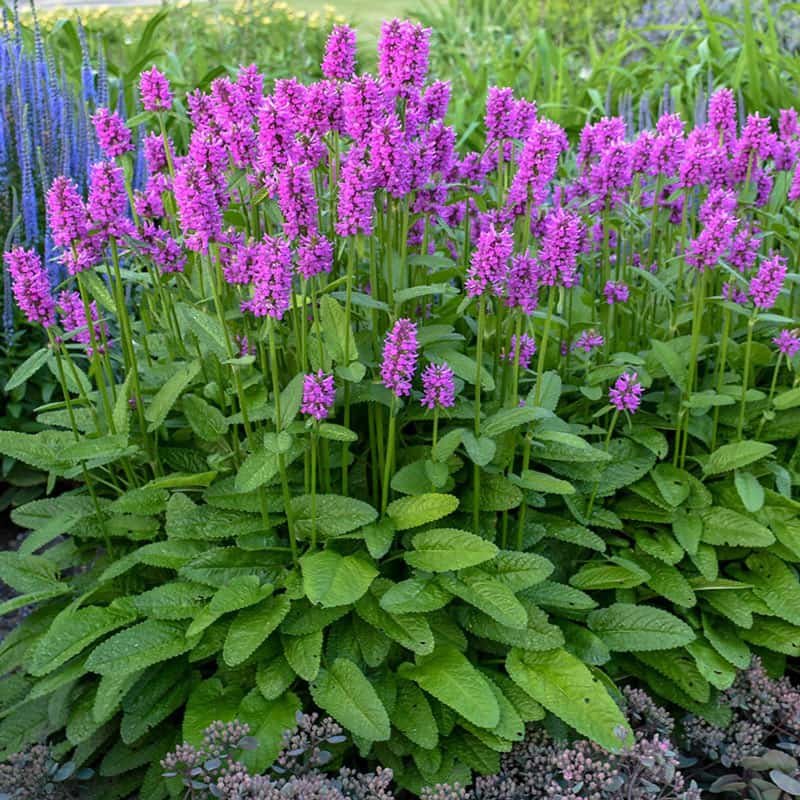
- Catmint (Nepeta mussinii): This plant also attracts beneficial insects and helps to repel pests. It has a similar growth habit to Echinacea purpurea, so they can be planted together to create a visually appealing border.
- Stonecrop (Hylotelephium): This plant is drought-tolerant and can help to improve the drainage of the soil around Echinacea purpurea. It also blooms in the fall, which can extend the flowering season in your garden.
- Black-Eyed Susan (Rudbeckia fulgida): This plant has similar sunlight and soil requirements to Echinacea purpurea, so they can be planted together without any problems. They also bloom at the same time, so they can create a beautiful and colorful display in your garden.

- Coral Bells (Heuchera americana): This plant has attractive foliage that can help to fill in the spaces between Echinacea purpurea plants. It also prefers moist, well-drained soil, so it can be planted in the same type of soil as Echinacea purpurea.

Question 2: What vegetables grow well with Echinacea purpurea?
Answer: Echinacea purpurea does not have any specific vegetable companions. However, it can be planted near vegetables that have similar sunlight and soil requirements. Some vegetables that may grow well with Echinacea purpurea include:
- Tomatoes
- Peas
- Carrots
- Squash
- Lettuce
Question 3: What shouldn't you plant with Echinacea purpurea?
Answer: Echinacea purpurea should not be planted near plants that are susceptible to the same pests or diseases. Some plants that should be avoided include:
- Daisies
- Marigolds
- Sunflowers
- Chrysanthemums
- Asters
These plants are all susceptible to powdery mildew, a fungal disease that can also affect Echinacea purpurea. Planting them together can increase the risk of the disease spreading.
Question 4: Can you plant lavender with Echinacea purpurea?
Answer: Yes, lavender can be planted with Echinacea purpurea. Lavender is a drought-tolerant plant that attracts beneficial insects, both of which can benefit Echinacea purpurea. They also have similar sunlight and soil requirements, so they can be planted together without any problems.
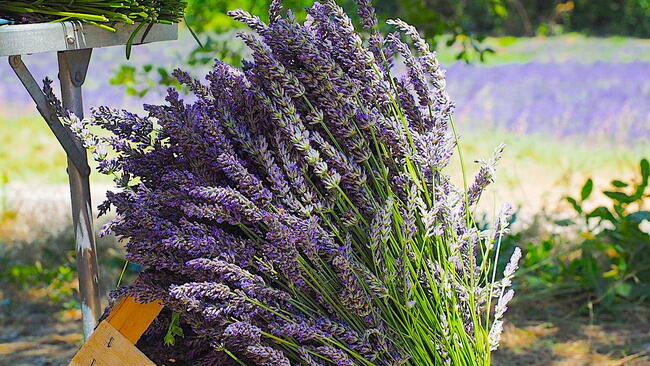
Question 5: Which companion plant for Echinacea purpurea keeps pests away?
Answer: Some companion plants that can help to keep pests away from Echinacea purpurea include:
- Catmint (Nepeta mussinii): This plant has a strong scent that deters pests, such as mosquitoes, flies, and ants.
- Marigolds (Tagetes spp.): These plants release a chemical that can repel nematodes, which are pests that can damage the roots of Echinacea purpurea.
- Chrysanthemums (Chrysanthemum spp.): These plants release a chemical that can repel aphids, spider mites, and other pests.
- Yarrow (Achillea millefolium): This plant has a strong scent that deters pests, such as rabbits, deer, and slugs.
- Lavender (Lavandula spp.): This plant has a strong scent that deters pests, such as mosquitoes, flies, and ants.
Image of echinacea purpurea companion plants
- Black-eyed Susans are a great companion plant for echinacea purpurea because they bloom at the same time and have similar flower colors. They also attract butterflies and other pollinators.
- Coneflowers are another good companion plant for echinacea purpurea because they have similar growing requirements and can help to deter pests.
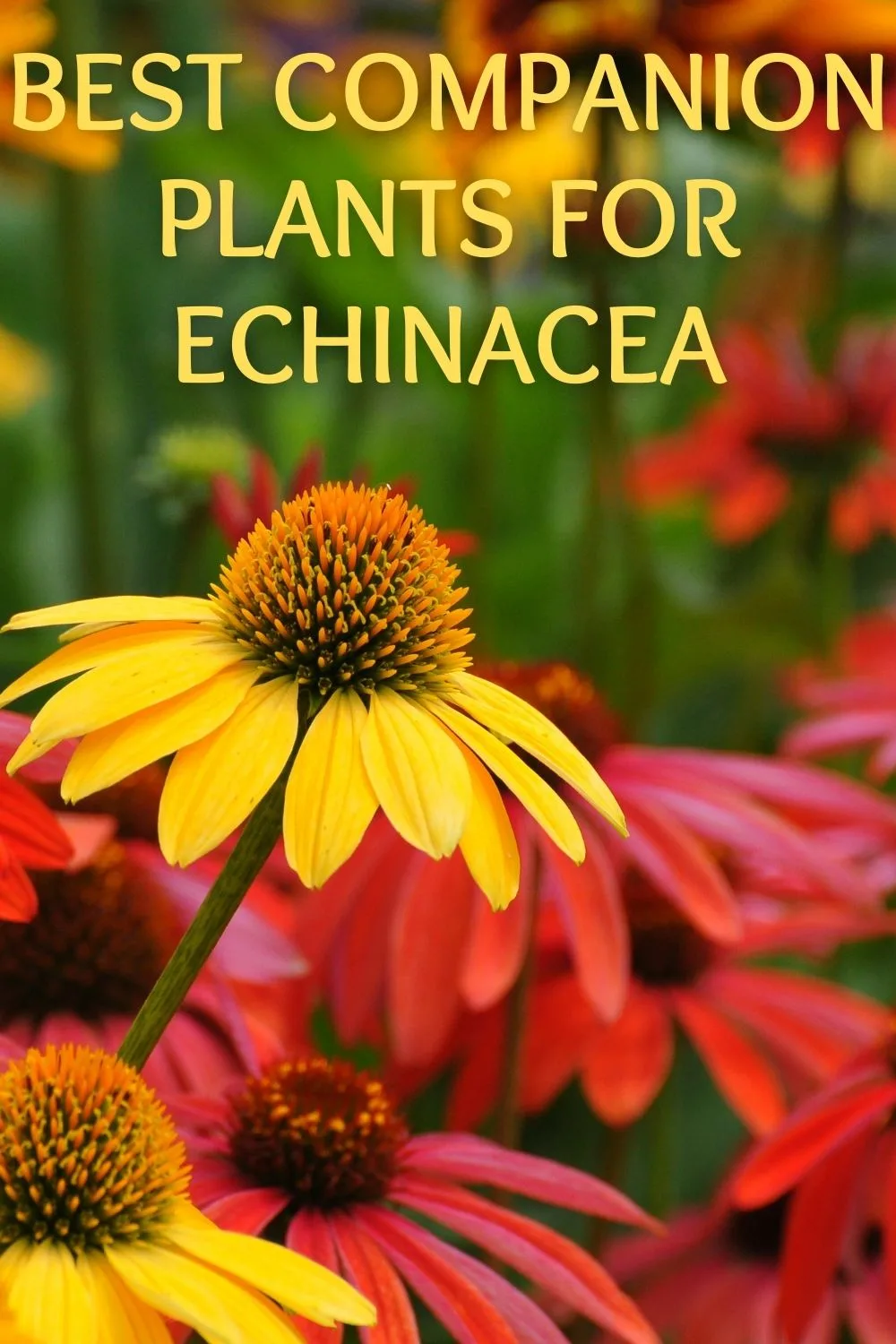
- Daylilies are a tall, showy plant that can add height and color to a garden. They bloom in the summer, after echinacea purpurea has finished blooming.

- Yarrow is a hardy perennial that blooms in the summer. It attracts butterflies and other pollinators, and it can help to deter deer.

- Zinnia is a colorful annual that blooms in the summer. It attracts butterflies and other pollinators, and it can help to fill in empty spaces in a garden.

Post a Comment for " Echinacea Purpurea Companion Plants That Will Make Your Garden Pop"